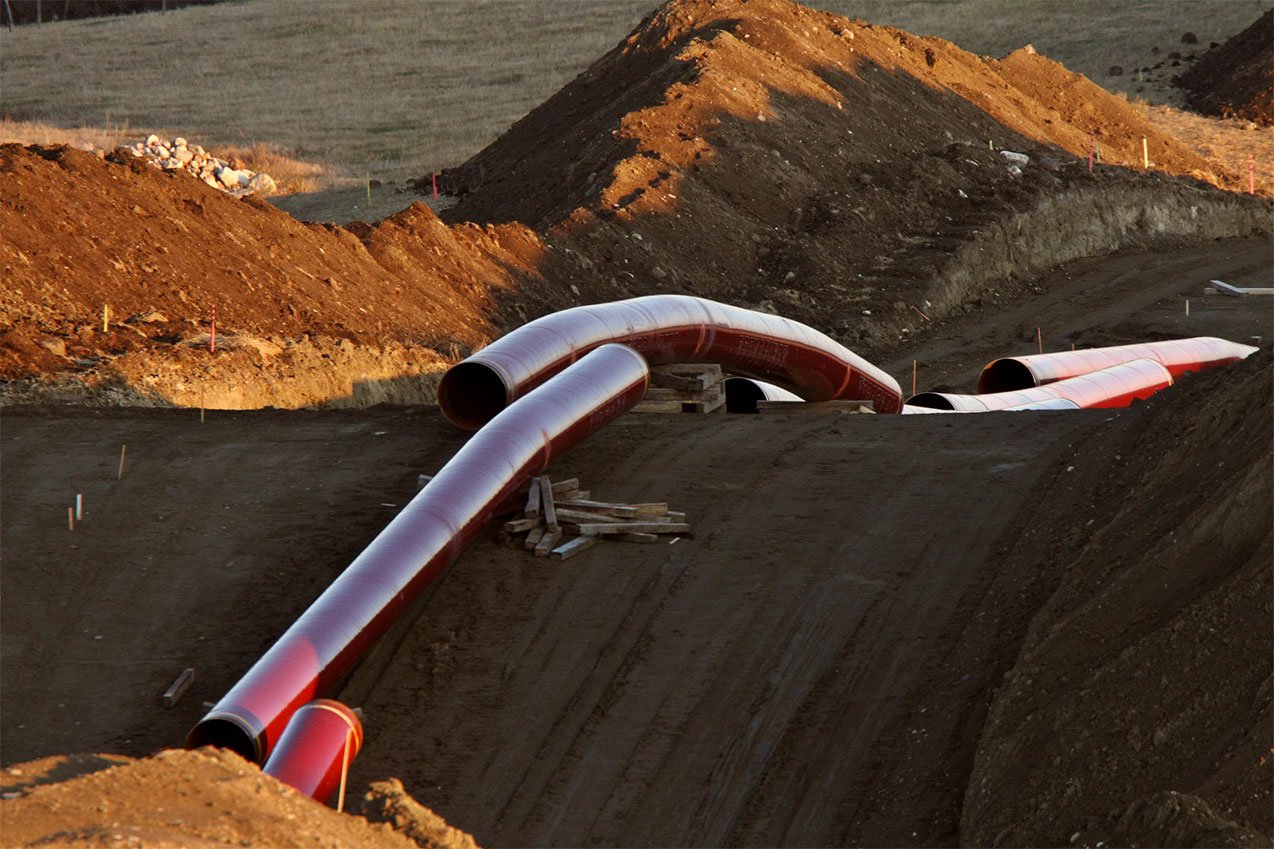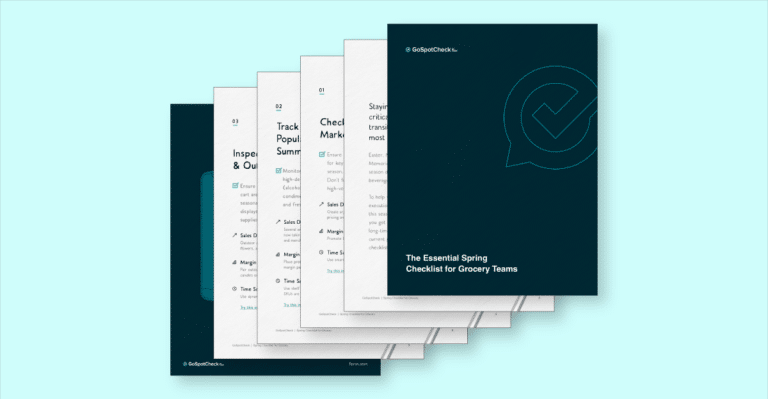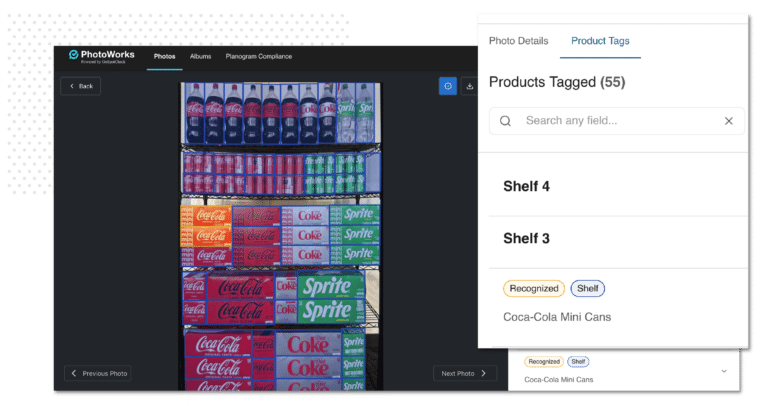Do you feel like there’s an endless stream of regulatory requests, approvals, and inspection forms poured on your desk each day? Every year, new regulations create fresh challenges for your organization, forcing you to re-evaluate your EHS strategy. Every time ISO, OSHA, or the FDA update their regulatory language, you seek out new consultants, certifications, and software. Keeping up is exhausting enough that many companies hire third-party compliance specialists to handle the details for them.
Desperately catching up with the latest regulatory requirements is nothing new in 2020. Lawmakers regulated the safe removal of waste from municipal London as early as 1875, and concerns about the impact of industry on the environment gave rise to the EPA in 1970. Today, regulatory agencies constantly propose new restrictions on corporations’ environmental behavior. This includes everything from limiting the emissions of coal- and air-fired steam generators to re-codifying the definition of “the waters of the United States.”
Keeping up with regulations in 2020 requires more than a laundry list of the most recent changes in your jurisdiction. EHS compliance is both a methodology and a process. It requires regular self-checks and maintenance to ensure you’re applying it consistently. More importantly, it needs to be useful. If your current EHS program runs on an “if it ain’t broke, don’t fix it” methodology, it’s time to rethink your approach.
In the following five sections, we’ll discuss sustainable, practical ways to reinvent your EHS compliance program for 2020 and beyond.
1. Understand which regulations apply to you
It’s impossible to stay on top of compliance without a working knowledge of the rules in your industry. That’s why it’s critical to make up-to-date information available throughout your company instead of isolating it on a single compliance manager’s hard drive. Some companies rely on a lone employee whose bread and butter are EHS compliance—but what happens when they retire or leave the company?
As a leader in your organization, you’re busy managing aspects of the business that might make learning about compliance seem insignificant. It’s easy to say that as long as someone knows what the regulations are, you’re in the clear. However, the last thing you want is to be blindsided with a punitive fine and negative public relations.
Don’t separate yourself from your product. Stay close to what comes out of your business and how it’s made. Instead of getting lost in legalese, make sure that your executive team and frontline employees have a practical understanding of how compliance regulations affect them. Make the appropriate reference information and training available, and everyone will have a firm grasp on what’s at stake.
2. Don’t disconnect your EHS compliance program
We discussed the importance of integrating your quality assurance program with the rest of the enterprise in a previous blog article. The same principles are relevant in EHS compliance, too. When you bolt compliance on as an isolated program, it’s blind to anything but its discrete objectives. Separating frontline employees, processes, and products from compliance creates a pressure cooker. The longer you let a tiny team or individual deal with all the work, the worse the situation becomes—until you hear about the fallout from the inevitable explosion.
Integrating every part of your production process with EHS compliance gives you the agility and foresight to stay ahead of potential problems. It also empowers “non-specialized” employees to point out lapses in compliance. If a worker spots a compliance issue, they should be encouraged to report it. If you prioritize the judgment of a handful of inspectors over the workers who are closest to your product, you’re merely wasting their experience.
3. Leverage technology to improve compliance
Patchwork systems sewed together from Word Docs, spreadsheets, and years-old PowerPoint presentations don’t equal a compliance program. Worse still are “compliance departments” that stuff filing cabinets with paper forms only for them to gather dust and accomplish nothing. Simply put, these old methods of gathering EHS data are obstacles to an effective compliance program. If your organization is stuck in a web of spreadsheets and paper forms, time to upgrade.
Mobile EHS compliance forms combine the efficiency of automation with the oversight of modern business intelligence tools. Instead of puzzling over how each regulation applies, inspection forms can show practical examples and provide reference information directly within a mobile app. At the administrative level, customized dashboards can answer specific business questions within an accessible drag-and-drop interface.
By using workflows created for your organization’s unique compliance needs, processes that used to require multiple spreadsheets, meetings, and paper forms will take place behind the scenes. Check out the Form.com Buyer’s Guide to learn more about making a better buying decision when it comes to mobile solutions. If you’re not sure which features to look for or don’t know which issues are trending in your industry, read our recent findings in this report.
4. Be proactive with change management
EHS regulations are inevitably going to change. That doesn’t mean you have to turn your compliance program on a dime, though. By implementing a flexible system that you can easily modify, you can avoid scrambling to keep up with industry standards. For example, although spreadsheets are an easy way to get a deeper look at your data, altering them can be a nightmare. Many companies need a dedicated developer to make simple changes to their formulas, which creates a wall of separation between executives and data-based decisions.
A customized mobile forms solution can be easily changed to reflect the latest regulations. At Form.com, we helped one company who relied heavily on “one spreadsheet to rule them all.” Whenever the company needed to update this document, they had to spend hours on a conference call, coaching each manager through the changes line-by-line. With Form.com, they’re able to pivot whenever they wish, and their reports and dashboards instantly reflect the changes they make to their forms.
However, mobile forms aren’t the “silver bullet” for keeping up with compliance. If you ignore new regulations in your industry, a flexible system can only help you catch up when you inevitably face the consequences. When in doubt, consult the appropriate regulatory authority. It might surprise you how willing an organization like the EPA, FDA, or OSHA can be when it comes to voluntary inspections. That said, be prepared to make changes based on their recommendations—even voluntary inspections count toward your “permanent record.”
5. Assess and revise your compliance program
Don’t let the progress you’ve made in your EHS compliance program lull you into a false sense of security. There’s always room to assess, revise, and improve. Executives who place their faith in a program that’s been “doing fine” without any external criticism or examination are usually in for a rude awakening in the form of headlines and fines. Take the time to examine your compliance program, request external consultation, and ensure that your organization meets the due diligence threshold.
Even if your organization isn’t required to be certified by a group like ISO, it’s critical to set aside time each year for evaluation. Do employees have a working knowledge of compliance regulations? Can your executives express a practical understanding of how your product or production process is affected by EHS regulations? Are compliance materials available to everyone and up to date? It takes time, effort, and thought, but staying ahead of compliance changes isn’t something you can ignore. “I didn’t know the rules had changed” isn’t something the EPA will take as a substitute for a punitive fine.
EHS Compliance in 2020 and beyond
Ultimately, EHS compliance is about much more than keeping your company from being named and shamed in the papers. It’s about creating a sustainable business model that protects your employees and the environment. Today’s consumers are more conscious than ever about where their products come from and how they’re made.
Seventy-five percent of Millennials surveyed in a Nielsen poll said they are changing their buying habits for sustainability reasons, and another 80% are willing to pay more for products with claims of social responsibility. Is your company ready to meet that market, or are you lagging behind? Let’s make 2020 the year your organization revitalizes your compliance program and starts building a brand that consumers are proud to buy.
How Form.com can help
Form.com specializes in turning your paper forms and spreadsheets into mobile compliance solutions. We can help your organization keep up with regulations in 2020 using powerful dashboards, easy-to-use mobile forms, and custom workflows. Get in touch with a solutions expert today to learn how Form.com can create a unique solution to help your organization stay compliant and sustainable.









